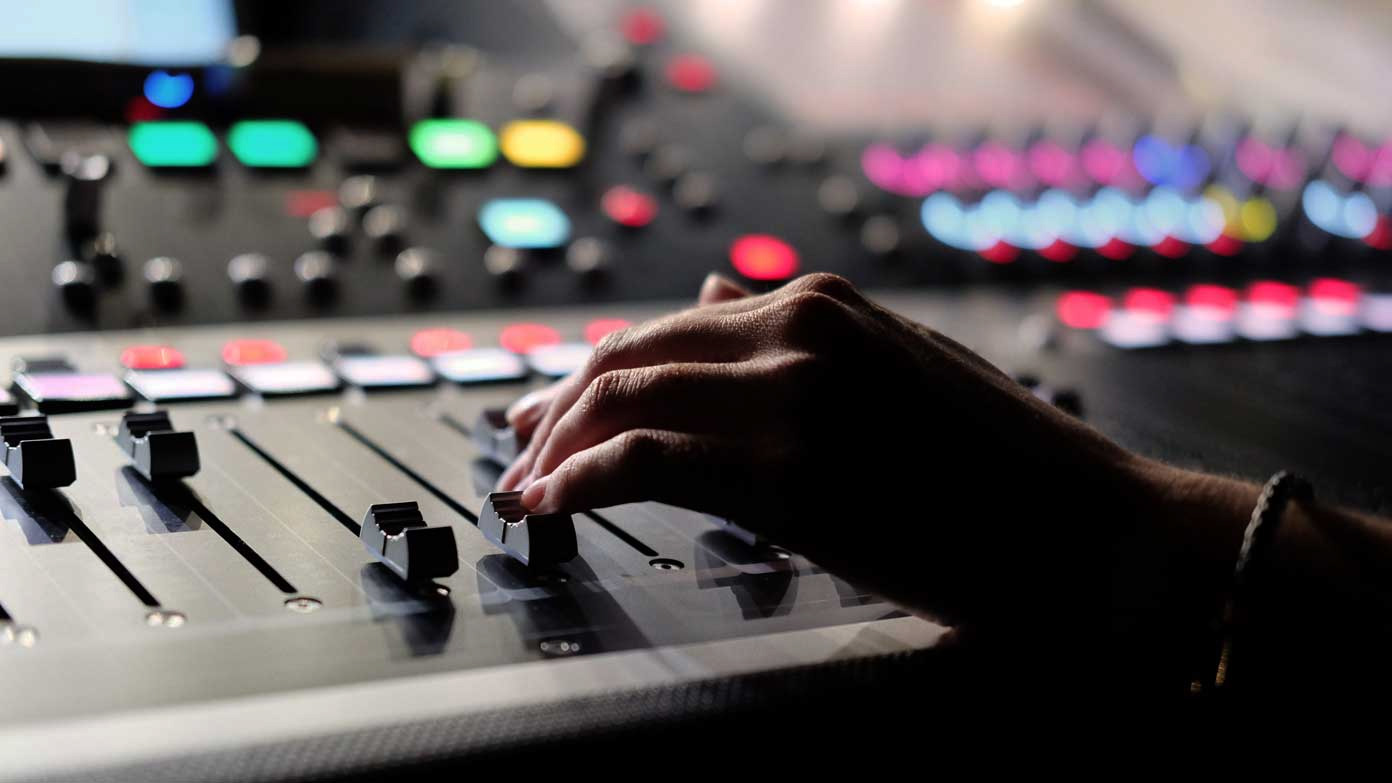
The Creative Process of Mixing Audio
Audio mixing stands at the crossroads of technology and creativity, breathing life into raw tracks and transforming them into captivating sonic experiences. It’s the intricate process of balancing, enhancing, and sculpting individual elements within a composition to create a harmonious whole. Beyond its technical dimensions, audio mixing holds the power to evoke emotions, set moods, and elevate the impact of music, film, podcasts, and more.
Role in Music Production and Beyond
In music production, audio mixing serves as the bridge between recording and the final polished product. It’s the stage where individual instruments and vocal tracks come together, each finding its space in the sonic landscape. Just as a painter blends colors to craft a masterpiece, an audio mixer weaves together various sounds to create a cohesive, multidimensional sonic tapestry. This process extends beyond music to other forms of media such as film, TV, advertisements, and podcasts, enriching storytelling and enhancing the viewer or listener experience.
Organizing and Preparing Audio Tracks for Mixing
Before the magic of mixing can begin, it’s crucial to establish a solid foundation by organizing and preparing the audio tracks. This process ensures that the mixing engineer has a clear and manageable canvas to work with, allowing for a smoother and more efficient mixing experience.
File Management:
Collect all audio tracks associated with the project in one centralized location. This helps avoid confusion and ensures that no tracks are missed during the mixing process.
Naming and Labeling:
Give each track a descriptive name that reflects the instrument or sound it represents. Use consistent labeling conventions for better clarity and ease of navigation.
Grouping:
Group related tracks together, such as all drum tracks, vocal tracks, and so on. This grouping simplifies the mixing process and allows for more efficient adjustments to similar elements.
Color Coding:
Assign colors to different track groups for visual differentiation. This makes it easier to identify different types of tracks at a glance.
Track Order:
Arrange the tracks in a logical order that follows the structure of the song or project. This order makes it easier to work through the mix chronologically.

Cleaning Up Unwanted Noise and Imperfections
To achieve a polished and professional mix, it’s essential to remove any unwanted noise, imperfections, or distractions from the audio tracks. Cleaning up the tracks enhances the overall clarity and allows the intended sounds to shine.
Noise Reduction:
Use noise reduction tools or virtual processor plugins to eliminate background noise, hiss, hum, and other unwanted artifacts. This is particularly important for tracks recorded in less-than-ideal environments.
Editing:
Carefully edit out any extraneous noises, such as clicks, pops, breath sounds, or unintentional instrument noises. Utilize audio editing software to make precise cuts and edits.
Breath Control:
If working with vocal tracks, pay attention to breath sounds between phrases. You can either reduce their prominence or edit them out if they are distracting.
Crossfades:
Smooth out abrupt transitions between audio clips by using crossfades. This technique ensures that edits remain seamless and don’t introduce new artifacts.
De-essing:
For vocal tracks with harsh “s” and “sh” sounds, employ de-essing tools to control and reduce the excessive sibilance.
Pitch Correction:
If needed, correct minor pitch issues using pitch correction tools. However, be careful not to overcorrect, as retaining natural dynamics is essential for a believable performance.
Time Alignment:
Align tracks that were recorded separately but need to be synchronized, such as drum multi-mic setups. This ensures that the timing is tight and consistent.
Phase Correction:
Check for phase issues, particularly with multi-mic recordings, and adjust the timing or polarity of tracks to mitigate phase cancellations.
